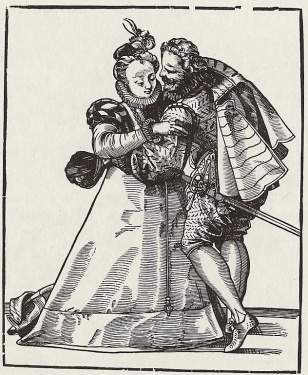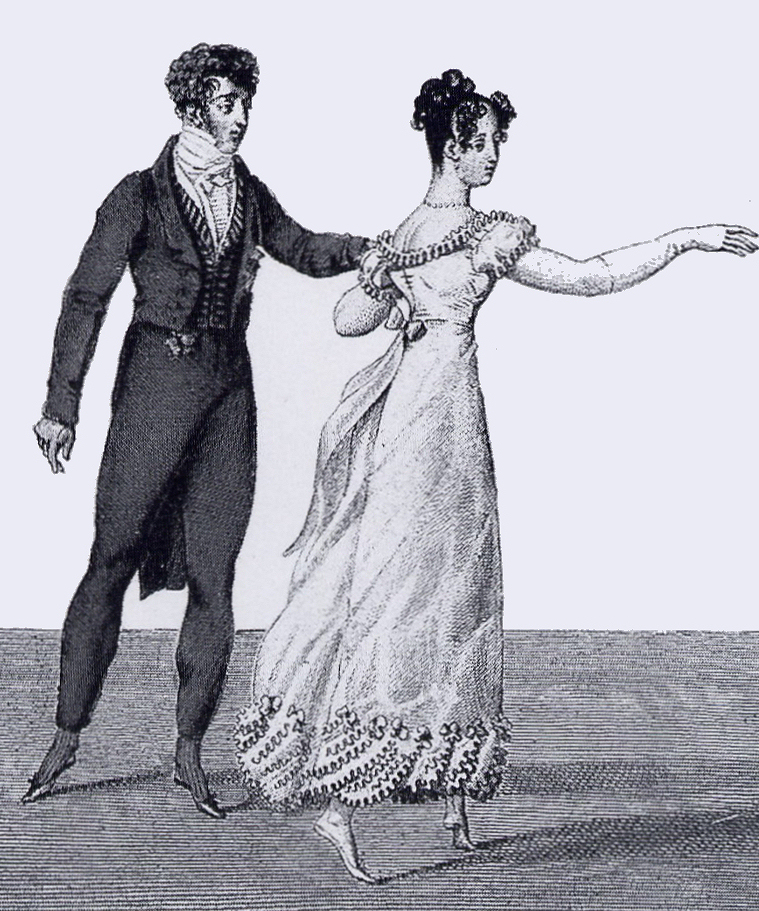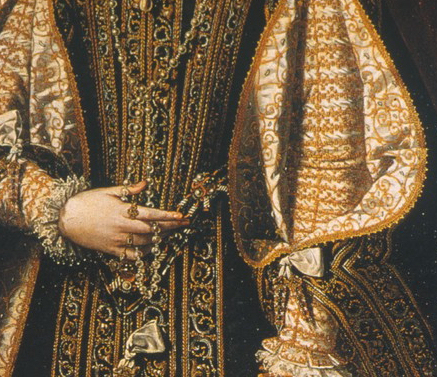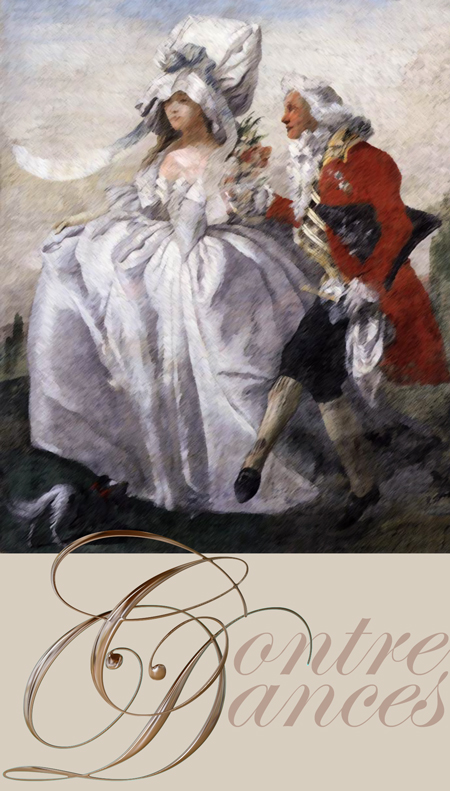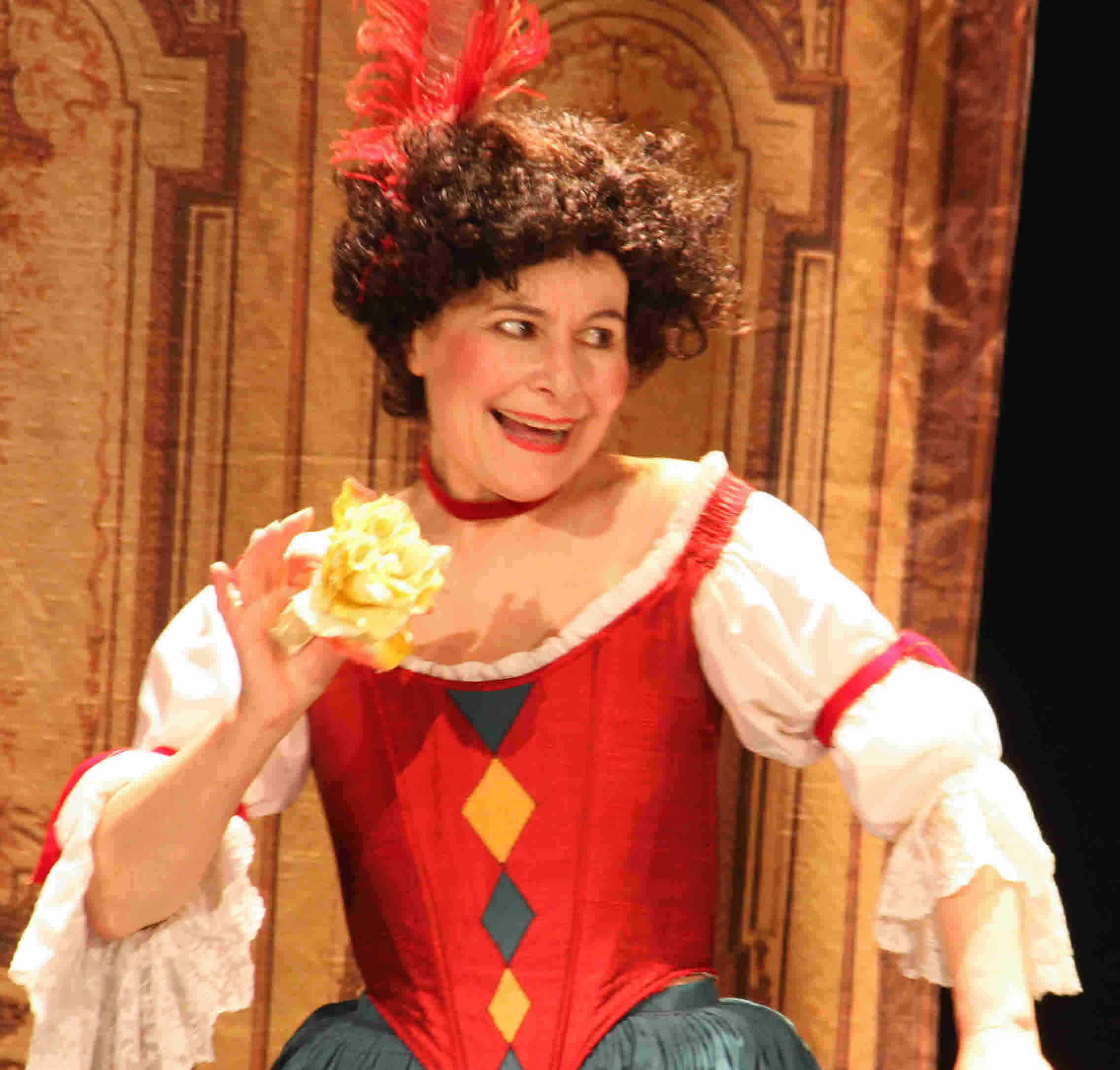
3:00 pm - 5:30 pm The class begins with a lively warm-up and moves on to steps and patterns designed for the abilities of Barbara's students. English Country Dances with baroque steps are included and opportunities are offered to move on to a more advanced level as you learn. Renaissance dance is taught in the morning.
